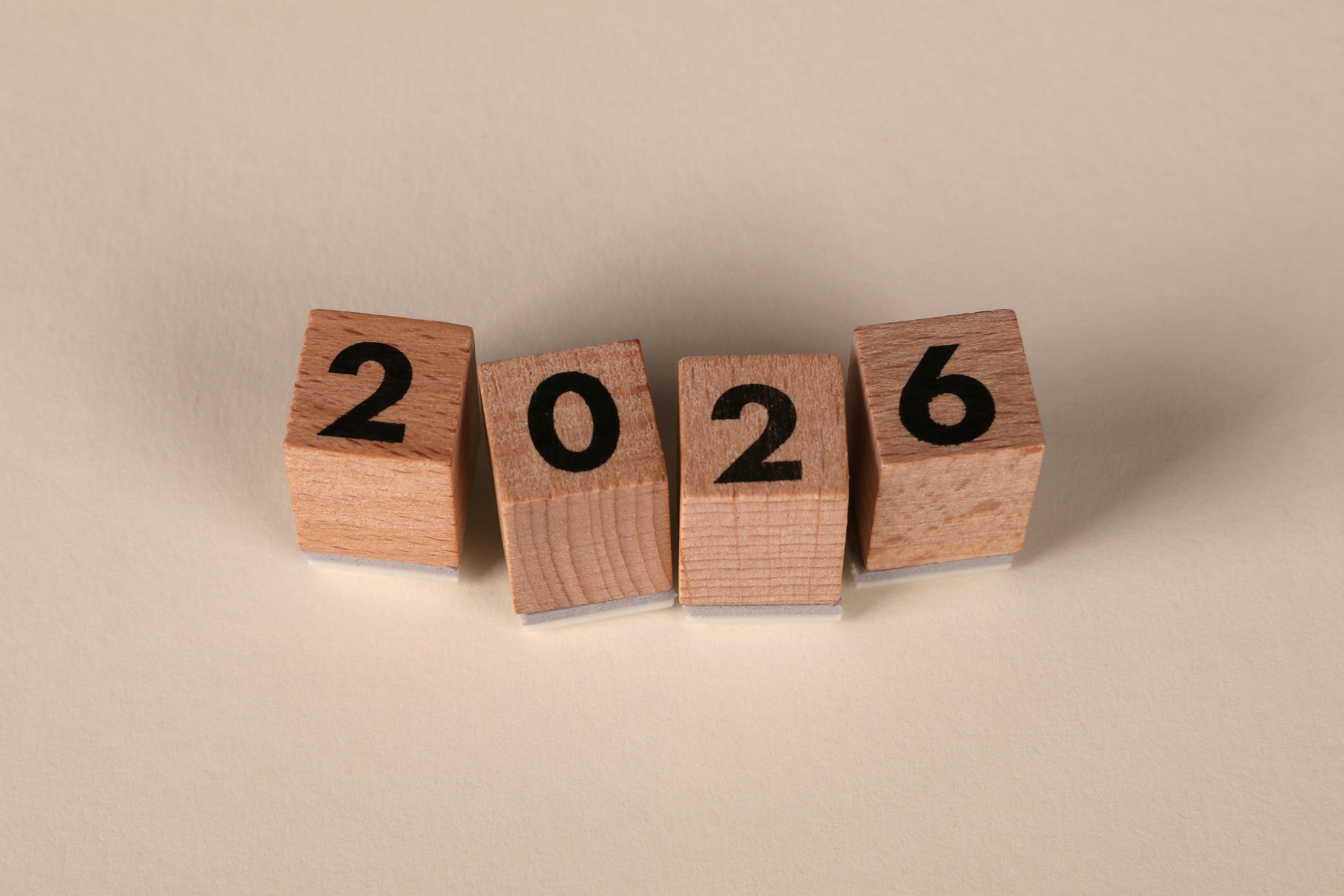In 2025, experiential marketing and live events provide more opportunities than ever to create unique and memorable connections with people. Since the pandemic, experiential marketing budgets have bounced back, and with more and more brands activating at live events, consumers are getting smart as to what plays and what doesn’t. This article aggregates some current industry and live event activation trends that companies are utilizing. Some of these trends audiences are leaning into, and some may be on the way out in the coming years.
Games: Activations that incorporate and encourage “active playing” are one big trend that consumers are responding well to. Whether it’s an indoor ski hill with real snow, an on-site water-balloon fight, or a mobile pickleball setup, events that actively encourage hands-on participation add a level of engagement that feels like a gift consumers appreciate. Just make sure the games aren’t totally ridiculous, according to the article “forcing people to do absurd tasks or embarrass themselves for money and prizes is out” these days. It can be difficult to realistically scale lofty gamification ideas to fit into more modest budgets. An indoor ski hill with real snow sounds awesome but figuring out how can brands can create unique game elements that are cost-effective and fit the event can be difficult if the money isn’t there.
Promotional activations: An activation that feels too sales-driven can quickly alienate consumers with product-centric marketing and pushy messaging like, “buy now,” “get a deal!” etc. Consumers attending the event don’t want or need hard-sell tactics to engage with brands. These events should be about memorable moments, and not pure sales numbers. Not only does this disengage the consumer from a financial standpoint, but it can also make the event feel less unique.
Intentionality: Brands that can make their activations feel intentionally designed to fit consumer’s interests can create deeper and longer lasting connections with their target audiences. “For example, a beauty brand could use AI to create a virtual skin analysis station at events, offering custom skincare recommendations and personalized samples tailored to each attendee.”
In a perfect world, where all brands have unlimited money, space, and time to craft the perfect activation, the implementation of these ideas can____. But the real challenge begins when scaling
While the majority of brands won’t have access to that specific kind of technology, there are unlimited ways to make consumers feel like the brand knows who they’re activating for. As long as the event doesn’t feel like it could belong to any brand, consumers appreciate a tailored experience that feels like it can be found nowhere else.
User Generated Content/ Brand Affinity
With the oversaturation of digital content and the rise of Artificial Intelligence, activations that leverage personal connections and unique stories will have more importance than ever in coming years. An activation that can connect to a user on a deeper level can see marketing benefits that last far beyond the event day. According to Hot Topic’s brand director of social media, “We track views and impressions, of course, but it goes deeper,” “These events let us connect with new creators we might not otherwise reach and the ripple effect of fan-generated content tells us we’ve made an impact.” “You have creators coming and filming teasers and ‘get ready with me’ videos beforehand, so you get this event content that feels really authentic to each creator, “And then there’s everything that comes after: recaps, highlights, et cetera. It’s just so fruitful.”

